What is pilling, the most feared garment's enemy
Discover what pilling is, how it occurs, how to prevent and remove it
Fabric pilling is the most dreaded phenomenon on our garments, but it does not necessarely put an end to the use of your garments
With some tips you can easily extend its life and avoid wasting materials. And that’s not it, you can also learn how to make better purchases and buy garments that will not pill easily. Fabric pilling can be removed from cloth in many ways and with many available tools, and some fabrics are less likely to pill than others. In clear terms, fabric pilling occurs at different levels, and this depends on some specific factors.
But first, what is pilling? What causes it? Which part of your garment are the most affected by it?
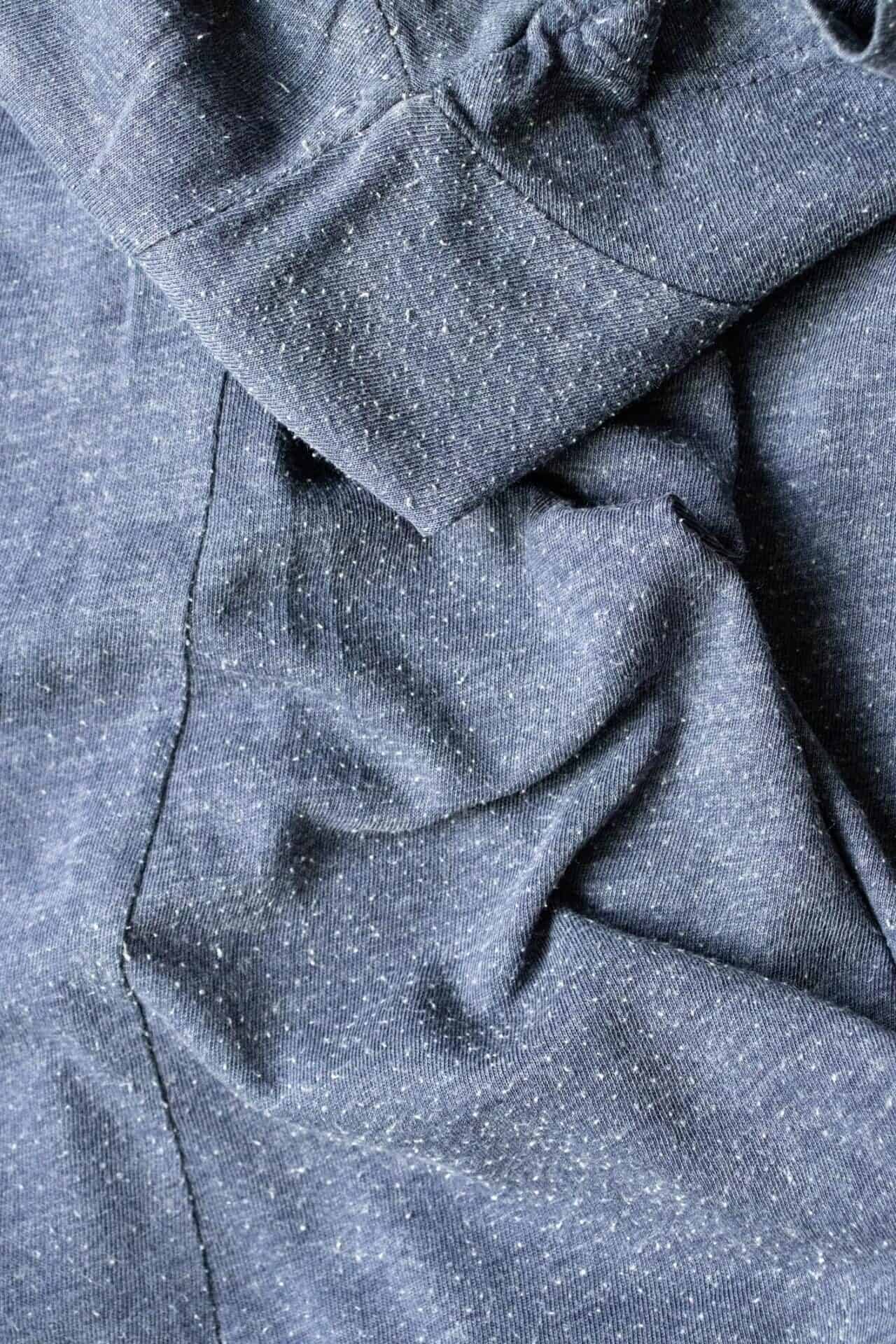
Pilling appear on garments when groups of short or broken fibers become tangled together in a tiny knot or ball, also known as a “pill”. To put it simply, pills appear on clothes whose quality has degraded due to wearing, rubbing, washing, exposure to light, air and weather.
It goes without saying that fabric pilling occurs on the garment’s part that receives the most abrasion in day-to-day use, such as the collar, the cuffs, the thighs, and, in most cases, the rear parts of trousers; but it can happen anywhere on fabric.
PS Brands know about their product’s pilling resistance, as they require their suppliers to run many durability tests (Read more on how is a fabric’s durability measured). However, there is currently no regulation that oblige them to declare pilling resistance levels on their garment’s care labels. How about that?
Pilling is a very complex phenomenon because it is affected by many technical factors that define the overall quality of textiles, let's see some of them here below:
Nr. 1
Type of fiber used
There is a difference between synthetic pills and pills on natural fabrics. Synthetic pills are almost impossible to remove, while pills on natural fabrics are easily removable with simple tools. Synthetic pilling often erupts in loose threads when you try to remove them, and that’s a problem you won’t have with garments made of natural fibers.
Nr. 2
Lenght of the fiber used
Short length fibers are prone to pill easier than longer fibers. This is because long fibers have greater resistance to friction and don’t pill easily.
Nr. 3
Composition of the fabric used
When a fabric is made from a blend, where one fibre is strong and one is weak pilling will be more noticeable, because the weaker fibre wears and breaks, while the stronger fibre holds the pills to the cloth.
Nr. 4
Type of yarn used
If the yarns are more compact (highly twisted), they will have a low level of pilling than a loose yarn (with low twist).
Nr. 5
Structure of the fabric used
Knitted fabrics will pill easily, as they have a loose structure, while woven fabrics and fabrics made from tightly twisted yarns are less likely to pill, because the fibres are held tightly in the cloth. So, the closer the structure of a fabric, the lesser it is prone to produce fluff. The purpose of purchase is still very much important though.
Nr. 6
Type of finishing used
Fabric finishing treatments exerts a large effect on the pilling properties. As the surface of the fabric changes hence the pilling properties also changes after finishing. For example, the ordinary compact fabrics with a flat surface are stronger and more capable of withstanding friction than a rough and brushed surface.

Can you prevent pilling to occur? Well, some degree of pilling is always possible, but there are some ways you can help slow down or prevent it.
Nr. 1
When washing your garment, first check the care label to know what's the best setting to go for
Nr. 2
Sort laundry properly before washing.
Washing delicate items in the same load as jeans or heavy garments will cause more abrasion and harm to the surface of fabrics.
Nr. 3
Turn garments inside out while you wash them, so that the face side does not rub against other clothes
Nr. 4
Don’t overload the washing machine, otherwise your clothes will rub together and cause more friction.
Nr. 5
Choose short, gentle, cold water wash cycles or even hand wash your clothes
Nr. 6
Skip harsh cleaners and damaging bleach which can weaken fibers causing them to break and pill.
Nr. 7
Use the right amount of detergent, if it's much it's going to damage your garments
Nr. 8
Consider using fabric softener to help protect clothing fibers
The ingredients in fabric softener coat the fibers of the fabric so that abrasion is lessened.
Nr. 9
Avoid using the dryer, prefer air drying
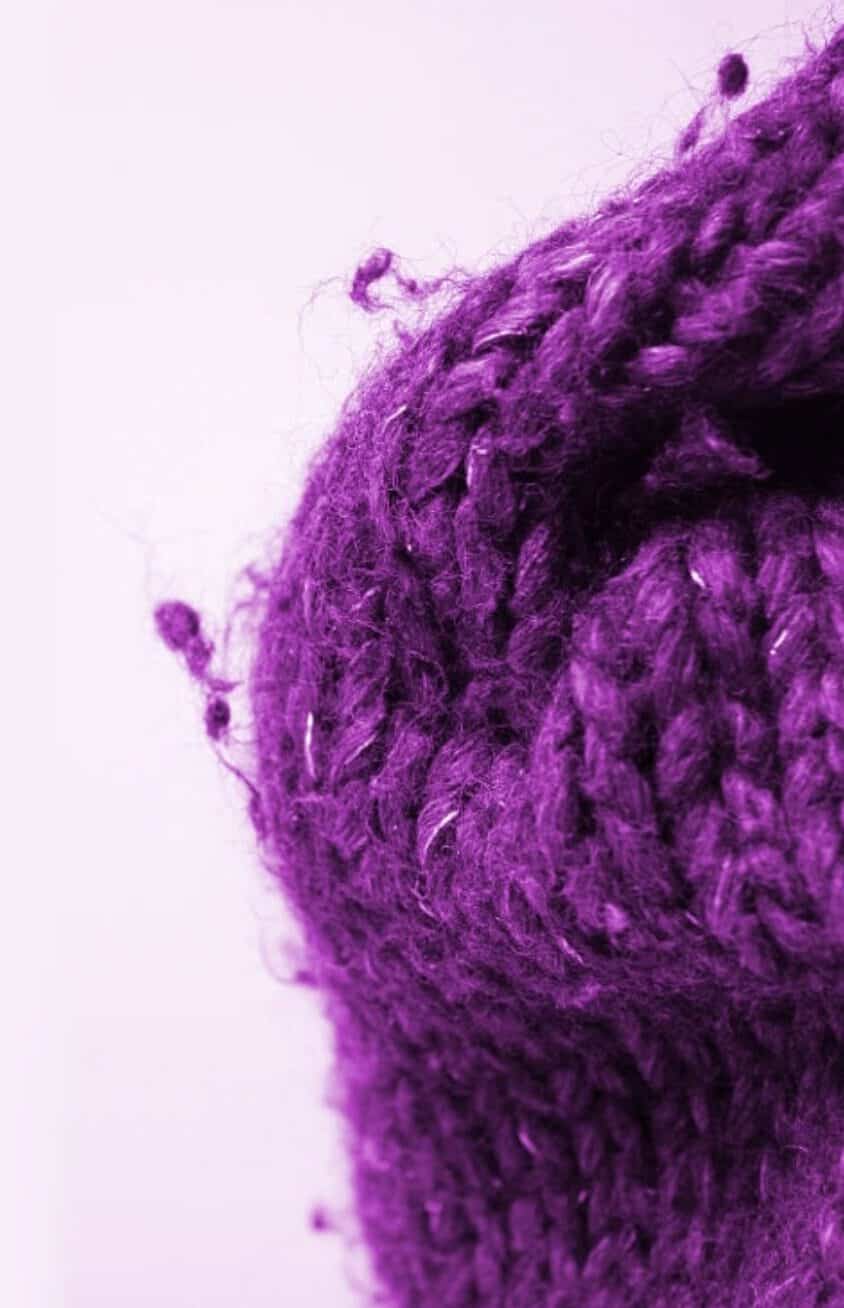
How does pilling occur on your garments?

0) NO PILLING
Fabric is as it is, with hairiness on the surface and basically new.

1) FLUFFING
Fluffing occurs when the friction affecting the fabric is far greater than its strength and capacity. Fluffing can also occur when there is cohesion between fibers, which often happens during washing. In this phase, the fibers are pulled from the fabric, forming loops and fluffs on its surface. Fluffs are formed on the longitudinal direction, and they make the surface lose its luster.

2) ENTANGLEMENT
When fabric’s fibers fluff to a certain degree of length, they get exposed to actions such as rubbing, friction, and this creates some form of entanglement. In dense pill areas, the fabrics are likely to tangle more than areas with less pilling. The balls formed from the entanglement phase easily hide dirt, and this is because they are formed with such a meticulous process. One end of the ball remains embedded in the fibers and connected to the surface. This affects the aesthetic purpose of such fabric. Pallet formation occurs in this fabric pilling phase.

3) FORMATION OF PALLETS
The fibers are entangled continuously, one end of the ball remains embedded in the fibers and connected to the surface. This leads to the formation of pallets.

4) BALL FORMATION
The entangled fibers connecting the pellets to the fabrics are broken and drawn, leading to the formation of balls on its surface. These accumulate dust and dirt on the surface of the fabric. In some cases, research has shown they start to affect and make surrounding fabric pill due to their ability to increase friction.

5) SHEDDING
Shedding is the final phase of fabric pilling. This occurs when the fabric connected to the ball keeps on stretching, thereby leading to a break and causing balls to eventually fall off the surface of the fabric. These pills then become very noticeable and undesirable look on our fabrics and wears.
How can you remove pilling from your garments?

1) USE A FABRIC SHAVER or DEFUZZER
A fabric Shaver or defuzzer is designed to remover lint, fuzz and loose threads from your garments without tugging or damaging it. This tool will gently draw in the fabric and cut off the pills from its surface. The razors usually rotate from 3000 to 10 000 times per minute, depending on which one you are using. Generally, fabric shavers or defuzzers are made to remove pills on both synthetic and natural fabrics, synthetics pills are much harder to remove with a satisfying result.

2) USE A CONVENTIONAL RAZOR
The razor does the trick for some garments but is hazardous to others. It’s effective against pills on so-called “high density woven fabrics’, like for example a woolen coat with pills around the armpit. Using a razor on knits is basically sealing their fate; they will be destroyed just after a few times.
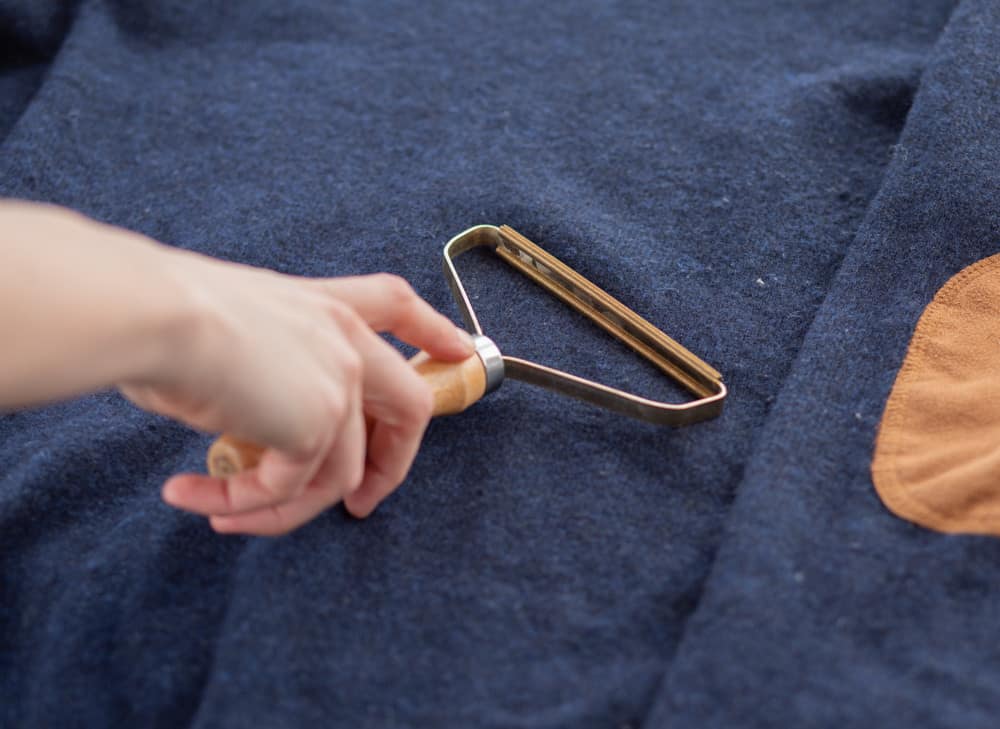
3) USE A PILL RAZOR
The pill razor must be used carefully and is a tool that works pretty well on woolen coats and other high-density fabrics. Unfortunately, it does not work as well on low density garments like knits.

4) USE A SWEATER COMB
It works mostly for cashmere garments, as the pills on cashmere are very special. The downside is that the sweater comb will tear out the pills from the fabric and that is a harsh process. Using this tool on a regular basis will put at risk your garments look.

5) USE A SWEATER STONE
A sweater stone is made especially for removing sweater pills. To use it, just lay the garment on a flat surface and pull flat. Gently rub the stone against the affected area. Drag it across the fabric and pull off the extra pills as they accumulate, using tape or your fingers.

6) USE A VELCRO HAIR ROLLER
Hair rollers are very gentle, making them ideal for use on delicate fabrics like wool and cashmere. Lay the garment on a flat surface and pull it taut. Lay the roller flat on the affected area. Gently roll upwards and out until the area is pill-free. The pilling will get caught in the hair roller.
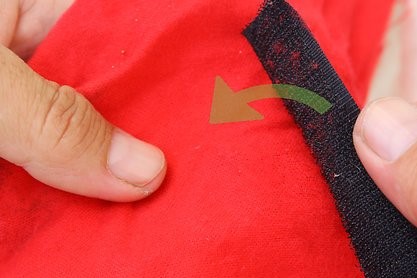
7) USE A STRIP OF VELCRO
If you have a piece of Velcro you can also use this to remove pillings. Apply the Velcro hook-side down to the affected area of the garment. Gently pull up and repeat until the pilling is gone.
This method can damage very delicate fabrics so do not use on cashmere or wool.
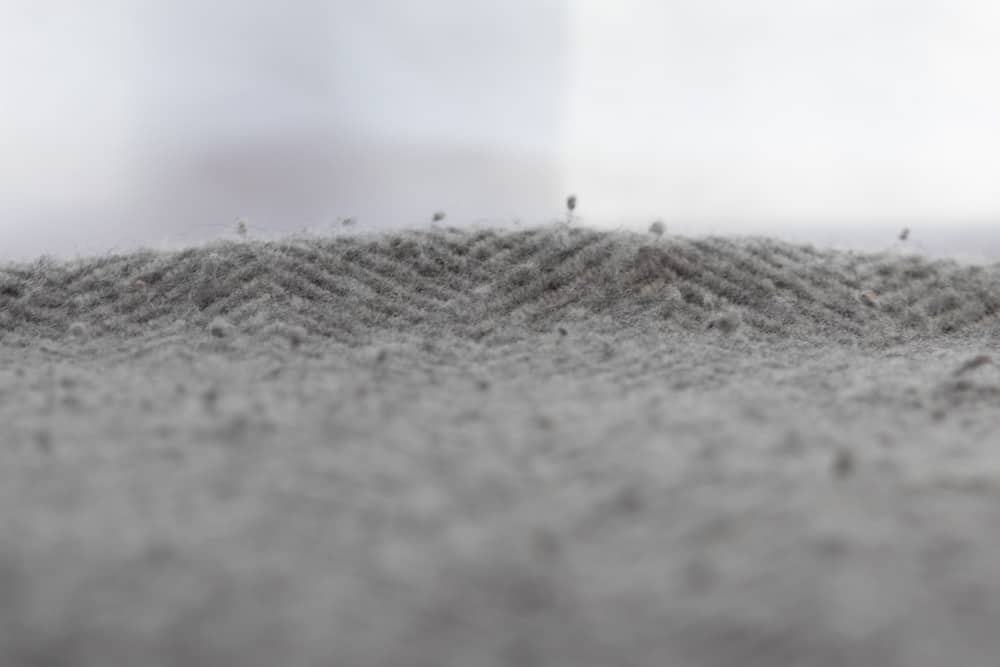
About Manteco, Italian premium textiles and circularity since 1943
After decades in the fashion world, in 2018, we have created the Manteco Academy project, through which we give webinars, in-person lessons and workshops on eco-design, circular economy and sustainability to numerous fashion schools, technical universities and brands worldwide. Thanks to this educative commitment and our heritage, we are often invited as guest speaker at events, panels, podcasts and conferences about sustainable fashion and circular economy.

